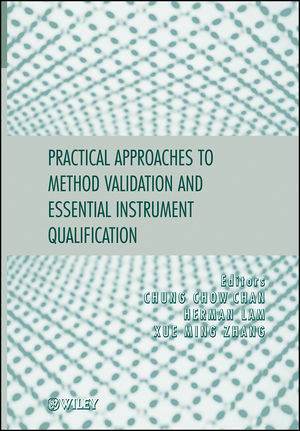Estrogenicity in Waste Water
Correlation of Estrogenicity in Wastewater Using Effect-directed Analyses and Liquid Chromatography-Tandem Mass Spectrometry
P. Yang, L. Sui, S. Popa, V. Pileggi, S. Bonte-Gelok, M. Nowiersky, S. Kleywegt, D. Morse and T. Fletcher
The mobilization of anthropogenic endocrine disrupting compounds (EDCs) into the environment from run-off after land application of municipal biosolids is a concern for municipalities, regulators and the research community. Studies on EDCs such as estrogens, have found them in both the run-off, tile drainage from fields that have received biosolids, and in vegetables grown on biosolids amended sites. This project studied the use of in-vitro bioassays Estrogen Receptor Chemical-Activated LUciferase gene eXpression (ER-CALUX) method to complement chemical analysis using to liquid chromatography-tandem mass spectrometry (LC-MS/MS). Should results of ER-CALUX above a threshold value, samples will then be subjected to LC-MS/MS analysis. Therefore, facilitate the workload of LC-MS/MS analyses. We analyzed biosolids samples collected from waste water treatment plants by ER-CALUX and LC-MS/MS at the low part-per trillion level (ng/L, ppt) detection limits for compounds of known estrogenic effects (e.g., bisphenol A, equilin, estrone, β-estradiol, estriol and 17-α-ethinylestradiol).

